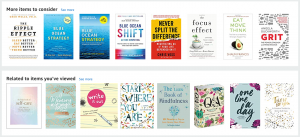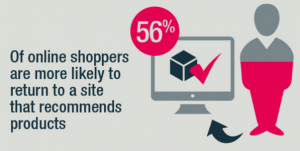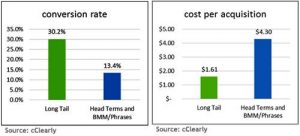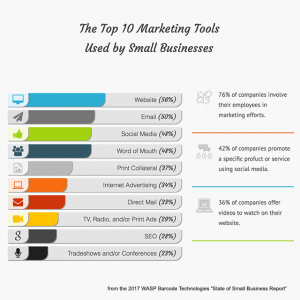Columnist Bobby Lyons explains why SEOs must move away from ‘SEO content’ and start thinking about content that meets users’ needs throughout the buyer journey.

Ten years ago, referring to content on a page as “SEO content” was often appropriate. Keyword density was still a strong factor for ranking page content, and SEO professionals struggled with achieving SEO objectives while still providing an engaging content experience for the customer.
Today, I still occasionally hear content requested and/or developed by my team referred to as “SEO content.” While it is easy to be offended, the fact is that there was a time in SEO where content quality was not our top priority, so we must own our past. Certainly Google, Bing, and Yahoo share part of the blame, as we were simply playing the hand we were dealt at the time.
Google has since reshuffled the deck, and the hand we are dealt today requires that our content compete at a quality level. Now when I hear someone refer to content as “SEO content,” I take a deep breath, and I begin my education process. The process always begins with acknowledging the past, and then it is followed with a detailed explanation of how search engine optimization has evolved into search experience optimization.
SEO today is about user experience
Search experience optimization is focused purely on enhancing the customer journey. These days, a search query is often the starting point of that journey. Unfortunately, we rarely know the exact phrase or keyword the customer typed into that search box to start their journey, but we know the page they landed on when they reached our website.
Based on data from Google Search Console, we know what keywords and phrases a page is ranking for, and we can therefore make a fairly educated guess as to what keywords the customer used to arrive on the page. We can then use this data to build an inventory of keywords and phrases, each of which may dictate a completely different user intent.
Identify gaps in the customer experience
The page keywords and phrases serve as our inventory of the customer intents, and this allows us to perform an audit to identify the gaps in our experience. What objectives may the customer have that our website experience fails to help them achieve? We map the various intents to each stage of the customer journey, then perform a gap analysis. The gaps define the work that needs to be done to optimize our website content for the entire journey.
If you are a retailer, here are some common gaps we see:
- A path is broken, and the user is prevented from taking the next step in their journey. Navigation may be the issue, or it could be that the page the customer landed on is too far down the path and we need to bring them back a few steps.
- The customer has a question, and we have failed to provide the answer. How do I use product X, or where can I find product Y? Regardless of the question, if we fail to provide the answer, the customer is at an impasse and cannot proceed. Essentially, the bridge is out and the customer must reverse their steps and return to the search engine.
- We do not stock the product the customer is seeking. In this case, we may need to work with our merchandising partners to determine if we have a gap in our assortment.
The gap categories vary by site purpose and the defined intent. Each page and set of intents require a dedicated content plan. Gina Brock, our long-time content manager on the SEO team, consistently works through the barriers of content misconception. Her definition of what we need from our content creators helps redefine the SEO content stereotype: “When the search engines perceive the content as offering a value to the consumer, we’re naturally rewarded. What’s good for the consumer is good for SEO.”
SEO today means creating content for users
Remember, our job is to optimize content for varying customer intents — not for search engines.
The next time you find yourself in a discussion about “SEO content,” put together a use case diagram outlining the potential intents. That will illustrate that SEO is simply utilizing the information consumers provide Google to determine their content needs and that quality is defined by how well the content serves the customer. You will be pleasantly surprised at how well future content requests are received.
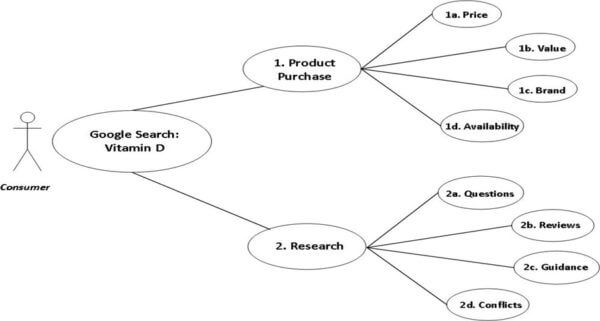
[Article on Search Engine Land.]
Some opinions expressed in this article may be those of a guest author and not necessarily Marketing Land. Staff authors are listed here.
Marketing Land – Internet Marketing News, Strategies & Tips
(58)


